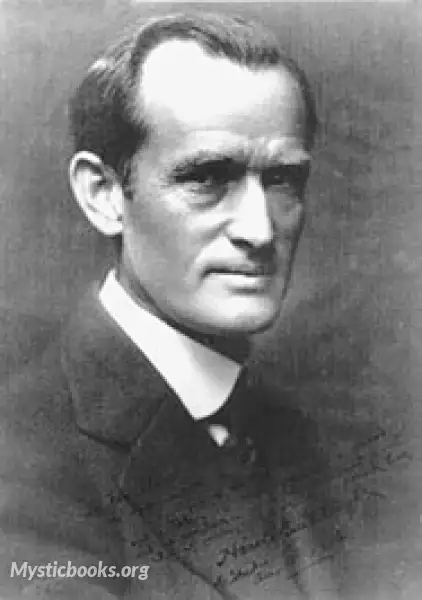
Timeline
Title
Country/Nationality
Harold Bell Wright
Harold Bell Wright was a best-selling American writer of fiction, essays, and nonfiction. Although mostly forgotten or ignored after the middle of the 20th century, he had a very successful career; he is said to have been the first American writer to sell a million copies of a novel and the first to make $1 million from writing fiction. Between 1902 and 1942 Wright wrote 19 books, several stage plays, and many magazine articles. More than 15 movies were made or claimed to be made from Wright's stories, including Gary Cooper's first major movie, The Winning of Barbara Worth (1926) and the John Wayne film The Shepherd of the Hills (1941).
Wright was born in Rome, New York, to Alma Watson and William A. Wright. In his autobiography, To My Sons, Wright reports that his father, a former Civil War lieutenant and lifetime alcoholic, dragged "his wife and children from place to place, existing from hand to mouth, sinking deeper and deeper, as the years passed, into the slough of wretched poverty."
His mother, on the other hand, paid close attention to the children, taught them moral principles and read to them from the Bible, Shakespeare, The Pilgrim's Progress and Hiawatha. From his mother Wright learned to appreciate the beauties of nature. When a neighbor taught young Wright to draw and paint, his mother nourished his artistic talents.
When Wright was 11, his mother died and his father abandoned the children. For the remainder of his childhood, Wright lived with various relatives or strangers, mostly in Ohio. He found odd jobs here and there, frequently sleeping under bridges or in haystacks. In his late teens he found regular employment painting both works of art and houses. After two years of what Wright called "pre-preparation" education at Hiram College in Hiram, Ohio, Wright became a minister for the Christian Church (Disciples of Christ) in Pierce City, Missouri.
He said, "As I have told you, after that first year of my disillusionment at Hiram College, I never deliberately, with malice aforethought, set out to be a preacher. I did not seek the job with the Pierce City Church, the job found me." 'To My Sons', pg. 204. Other churches he pastored were located in Pittsburg, Kansas; Forest Avenue in Kansas City, Missouri; Lebanon, Missouri; and Redlands, California.
In 1902, while pastoring the Christian Church in Pittsburg, Kansas, he wrote a melodramatic story, entitled That Printer of Udell's, which he intended to read to his congregation, one chapter per week, at successive Sunday night meetings. But before he read it to his congregation, the story was published in serial form in The Christian Century, his denomination's official journal.
Wright despised the magazine version so much that he "hid the poor mutilated corpse in the bottom of the least used drawer of my desk and moved on to other things" (To My Sons, p. 213). Yet parishioners enjoyed the story so much that they encouraged him to publish it in book form, which he did. But it was Wright's second novel, The Shepherd of the Hills, published in 1907 and set in Branson, Missouri, that established him as a best-selling author. That book also attracted a growing stream of tourists to the little-known town of Branson, resulting in its becoming a major tourist destination.
Harold Bell Wright married Frances Long in 1899 and they divorced in 1920. They had three children from this marriage: Gilbert Munger Wright (b. March 17, 1901, d. April 25, 1966), Paul Williams Wright (b. 1902, d. June 3, 1928, from an undetermined illness), and Norman Hall Wright (b. January 8, 1910, d. July 21, 2001). Wright married Winifred Mary Potter Duncan on August 5, 1920 and remained married to her until his death. He also maintained a home in Palm Springs, California.
From 1914 to about 1933 Wright lived mostly in Tucson, Arizona. Wright's land on Tucson's east side became the Harold Bell Wright Estates subdivision and the streets bear names of some of his fictional characters and book titles such as Printer Udell, Barbara Worth, Shepherd Hills, Brian Kent, and Marta Hillgrove. A small city park in the neighborhood is named for him. His home has been restored and is now a private residence.
From 1935 until his death in 1944, Wright lived on his "Quiet Hills Farm" in or near Escondido, California. He traveled much, staying for months at a time in primitive camps, vacation homes, hotels or resorts, in such places as Riverside, San Diego, Palm Springs and Benbow, California; Tucson and Prescott, Arizona; Hawaii; and the Barbados. Wright usually lived one or two years in a location before using it as the setting for one of his novels.
Wright struggled most of his life with lung disease. He died of bronchial pneumonia in Scripps Memorial Hospital in La Jolla, California on May 24, 1944, twenty days after his 72nd birthday, and was buried in the Cathedral Mausoleum, in Greenwood Memorial Park, in San Diego.
Books by Harold Bell Wright
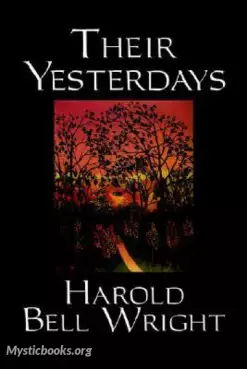
Their Yesterdays
The story of a man and a woman, as they experience The Thirteen Truly Great Things of Life: Dreams, Occupation, Knowledge, Ignorance, Religion, Tradition, Temptation, Life, Death, Failure, Success, Love, and Memories.

The Mine with the Iron Door
It tells the story of a man named Hugh Mottram who goes on a journey of self-discovery and adventure in the American Southwest. The novel was first published in 1923 and became an instant bestseller. Set in the early 1900s, the story follows Hugh Mo...
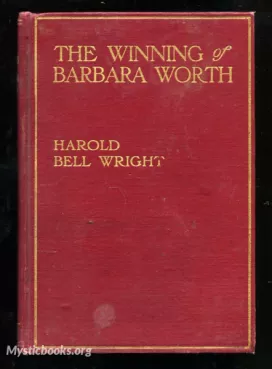
The Winning Of Barbara Worth
It is the story of three men and a young woman named Barbara Worth, as they navigate the challenges of living in the American West in the early 1900s. The book was originally published in 1911 and has since become a classic in American literature, pa...
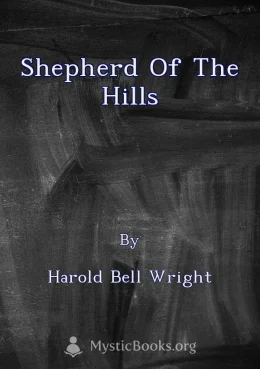
Shepherd of the Hills
Shepherd of the Hills is a classic novel set in the Ozark Mountains of Missouri. The book tells the story of Sammy Lane, a young woman who falls in love with a mysterious old man known as the Shepherd of the Hills. The shepherd is a former minister w...

Eyes Of The World
The Eyes of the World is a novel that explores the false world of artists, writers, critics, and their wealthy patrons. The main characters are the famous author, Conrad LaGrange, and Aaron King, an aspiring artist. LaGrange regretfully describes his...

Helen of the Old House
Set in a small town during the early 20th century, "Helen of the Old House" explores the complex dynamics of labor relations and social inequality. The story revolves around the Helen mill, owned by a wealthy family who embodies corporate greed, and...
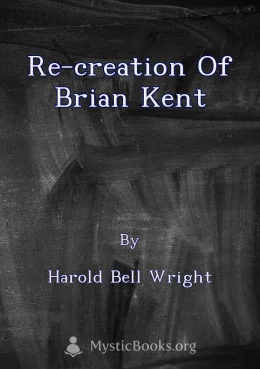
Re-creation of Brian Kent
Brian Kent, a bank clerk consumed by a series of thefts, finds himself drowning in remorse and guilt. He attempts suicide by venturing into a dangerous river, but washes ashore in the Ozark Mountains where he is cared for by Judy and Auntie Sue. Aun...